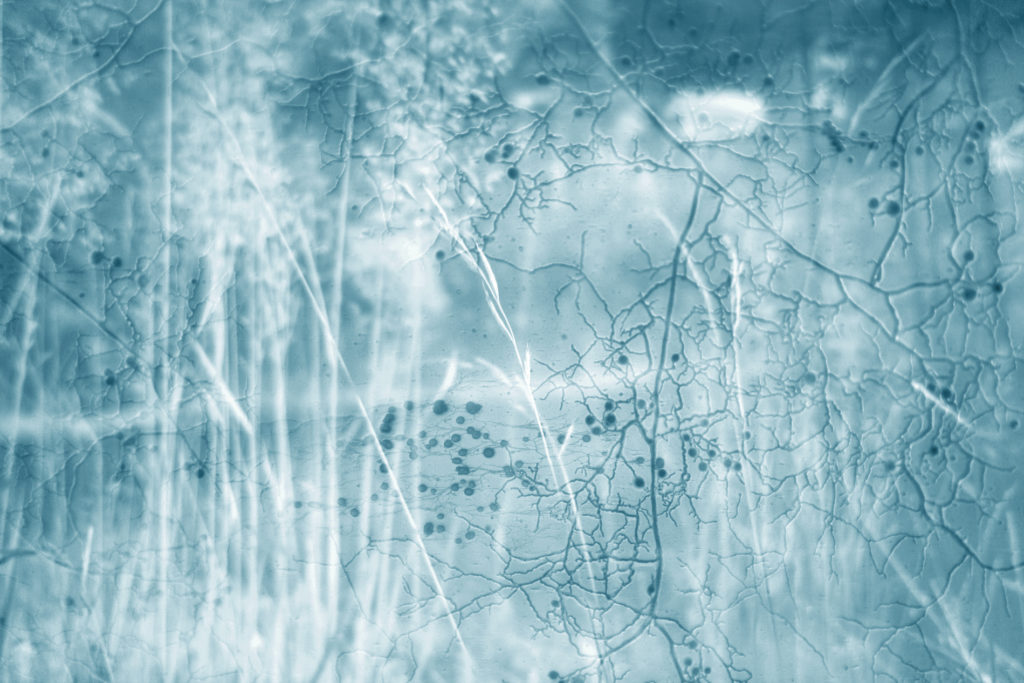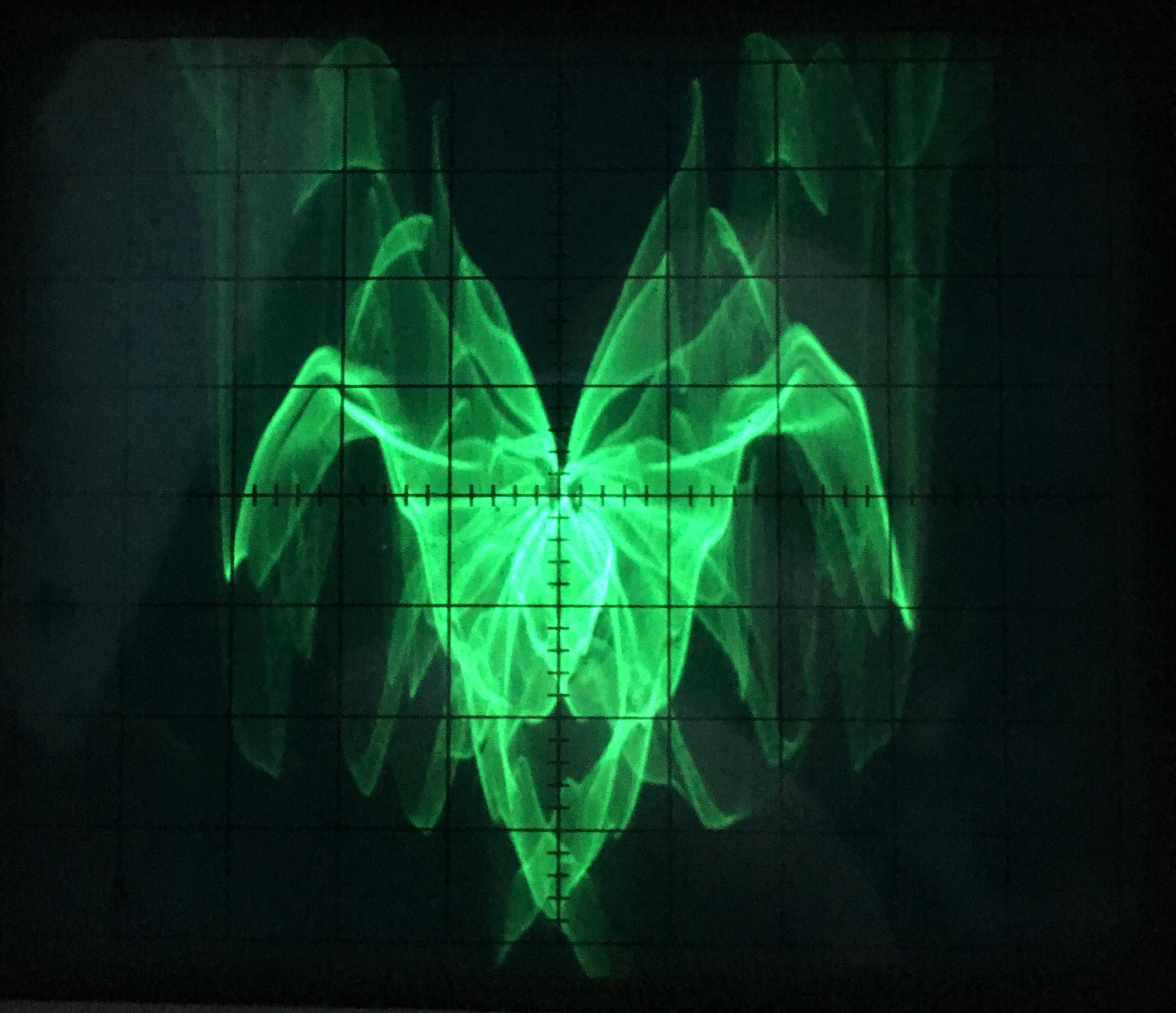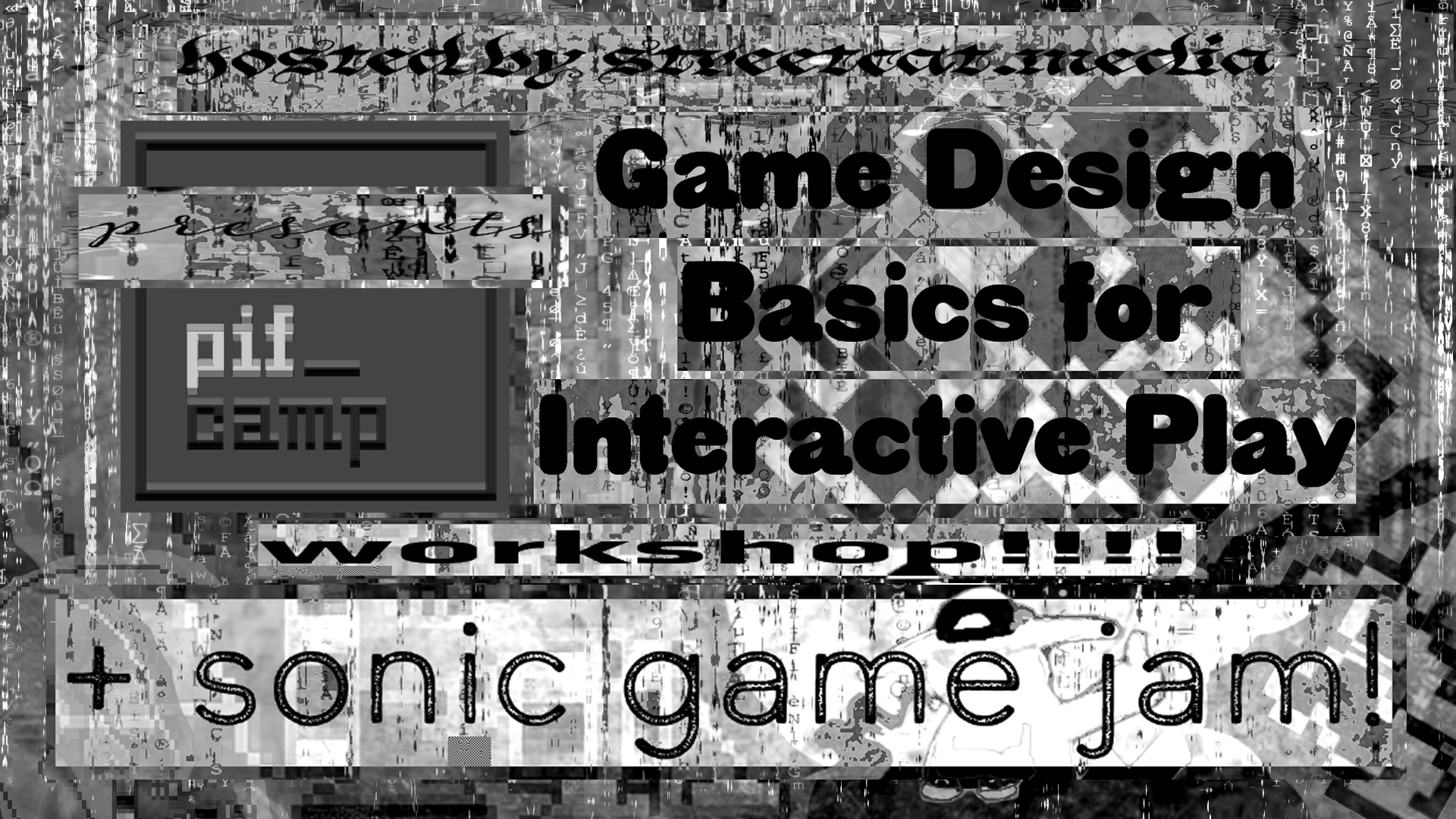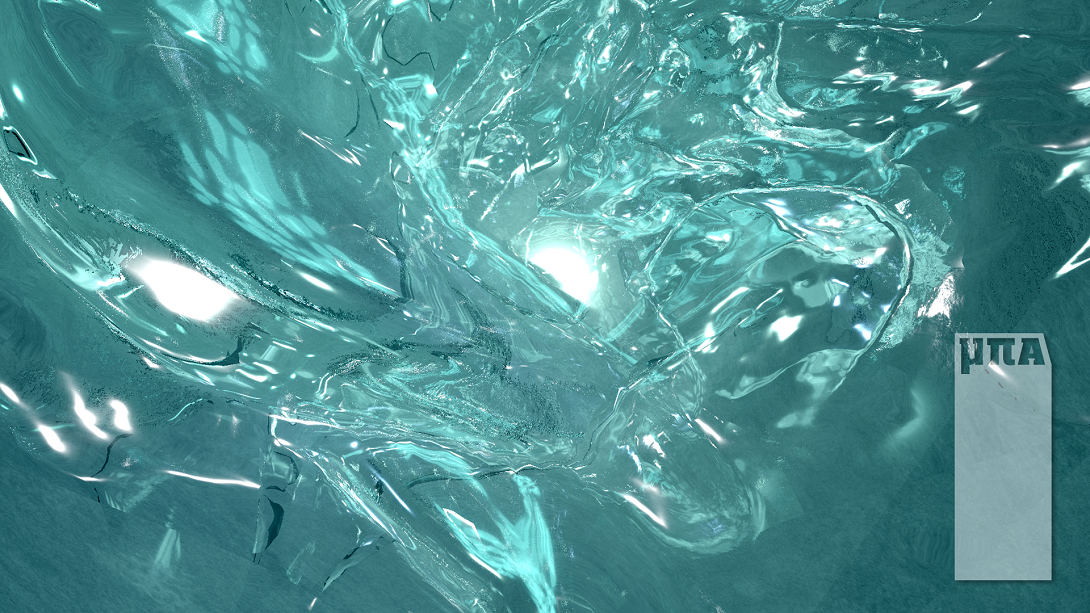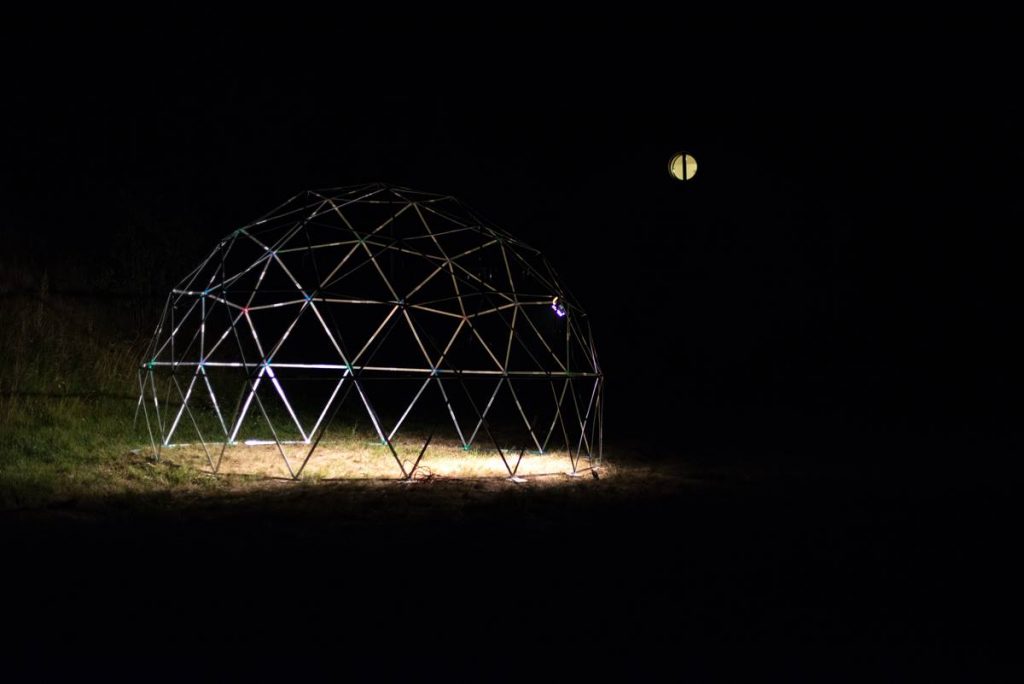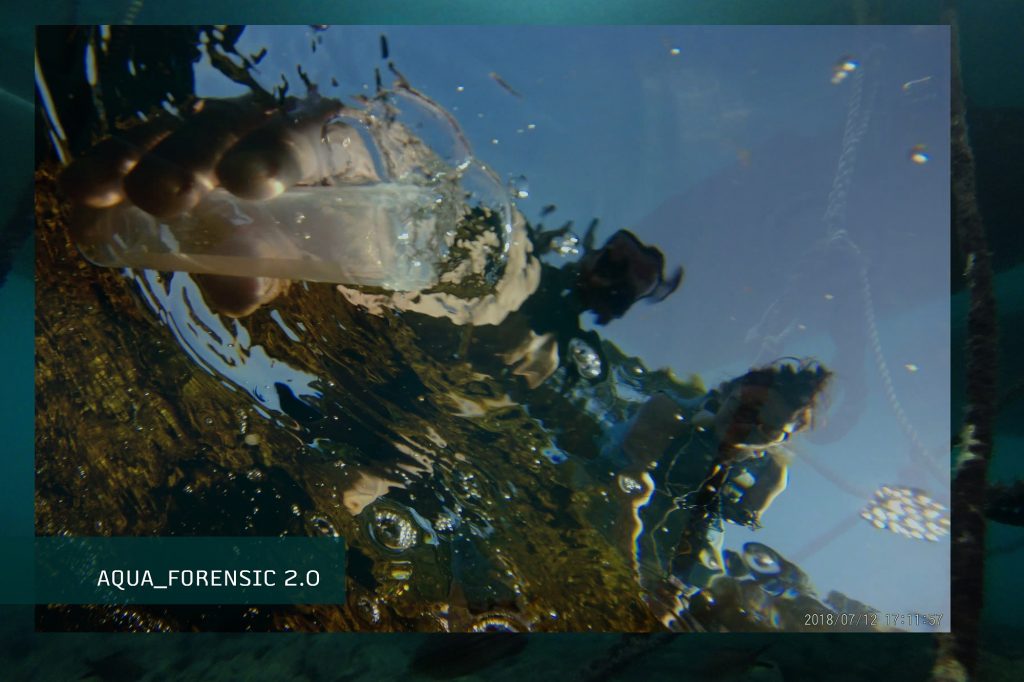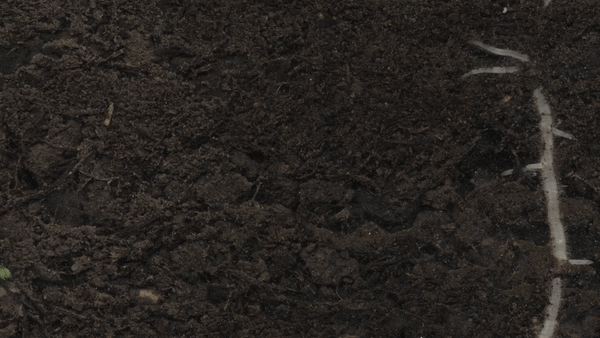Design your own wearable ant farms!
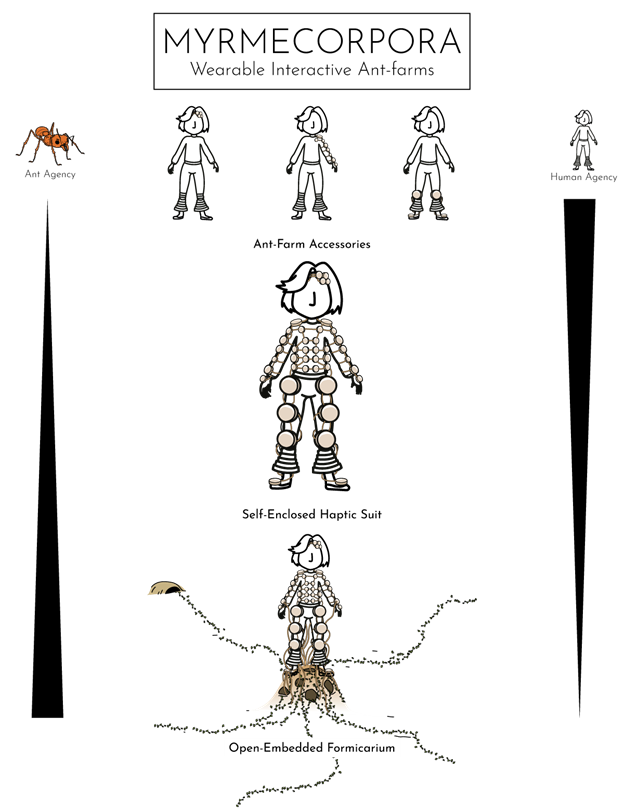
About the project
Ants are Earth’s dominant animal, but their ubiquitous networks go unnoticed by humans. This project helps us feel their presence, by viscerally connecting us to a superorganism. MYRMECORPORA is a project to explore ants by living intimately with them, and designing ant farms we can wear on our bodies. The goal is to embed a human into the superorganism in a way that both creatures can sense and understand the living flows of each other.
We will redesign traditional scientific formicaria (ant-farms) into small wearable devices. Form factors like watches, hats, shoes, epaulets, and more will be created with embedded sensors that monitor the movements and ambient features of the enclosed colonies (e.g. respiration, temperature). The sensed data is then mapped to haptic actuators (such as electro-tactile-stimulators, vibration-motors, Peltier-heaters) to allow the human to feel real-time changes in the attached colony as the ants eat, sleep, forage, and reproduce. Challenges are how to design intimate apparel that houses ants near the human body while also keeping the colony safe and healthy.
Also, since it’s PIFcamp, we will probably end up with some cool ant-synths.
Activities
Participants will engage in series of workshops and learn about:
• Collecting ant colonies
• Rearing ant colonies
• Designing homes for ants
• Sensing Ants
Schedule
The project will be carried out at Panama & PIFcamp in several stages. You are invited to join the workshop from your garden, nearby park, forest or even facilitate the workshop in your local community!
July – Panama Experimentation
Andy will be working to develop some basic prototypes and testing out some techniques for collecting, housing, and sensing ants.
These early prototypes are evaluated regarding the human-user interactions, varying ant-species, and the comfort and safety of the ant colonies.
ONLINE – INTRO DAY 1: Wearable Ant Farms
Monday AUG 3 at 5PM CEST | 3PM UTC
We will have an online workshop sharing techniques for how you can collect your own ant colonies.
DAY 2: Ant sensing
Tuesday AUG 4 at 5PM CEST | 3PM UTC
We will have an online chat demonstrating ways to add sensors and computer vision to monitor the movements of your ants in real time.
ONLINE – DAY 2-4: Participant Collecting and Housing
Participants have time to collect a colony and get to know their ants.
ONLINE – DAY 4: Wearable Ant Farms
Thursday AUG 6 at 5PM CEST | 3PM UTC
We will have an online workshop exploring how to safely attach ant colony’s as fashionable and useful wearable items.
ONLINE – DAY 6: Final Superorganismal Fashion Show
Saturday AUG 8 at 5PM CEST | 3PM UTC
During the traditional final day of PIFcamp, participants can show and demonstrate the amazing cybernetic superorganismal devices they have created.
Tools & materials & code
Core Materials List
- 10-25 red SMD leds (10-25 per person) or just a bunch of the smallest red LEDs you can find (KEEP THEM RED! Ants can’t really see red, and we don’t want to disturb them at any point!)
- lots of 100-200ohm resistors
- perfboard
- breadboard
- solid core wire (for soldering to the perfboards and connecting to breadboards or Arduino)
- soldering irons and solder (especially with thin tips for SMD soldering)
- Arduino (Uno or whatever you have)
- lots of clear tubes of 1-2cm diameter (vinyl or silicone tubing)
- cotton balls (we can use to plug up tubes and give ants moisture)
- collecting vials with lids (or any kind of small plastic containers you can gather insects with)
- simple grease, 3-in-1 oil or WD-40 kind (used for keeping ants in open containers and stopping them from crawling out)
For those who want more
- Teensy 3.2 (they have 11 analog inputs each, they are more powerful and can easily turn into music interfaces or keyboards or mic, so you can hook your ants up to lots of stuff easily!)
- Photoresistors (tiny ones)
- Infrared LEDs (small or SMD)
- Analog multiplexers (if you want to make arrays with more sensors than the analog inputs on your Arduino has)
- Arduino Mega (16 analog inputs) or Teensy 3.6 (has 23 analog inputs!)
- 3D printer and filaments to print out some connectors, sensor holders, and even full on ant farms
- 3 inch/7.7 cm squares of thin acrylic (to use as standard clear covers for ant farms)
- very thin, flexible sheets of FLUORESCENT plastic (the kind that looks like it basically glows at the edges)
- Agar agar, vitamins & protein folks who are into cooking can make foods for ants
- some small shovels and a bucket for hardcore folks who want a whole colony
- Bonus Materials List: Fiber optic bundles
- Bonus Materials List: TPU (flexible filament) and 3D printer pens
Code is available here: https://github.com/Digital-Naturalism-Laboratories/AttaSense
Credits & How to join
MYRMECORPORA – Wearable Interactive Ant-farms is a project by Andrew Quitmeyer (Dinacon). The workshop will be led by Andrew from Panama and facilitated by Simon Streljaj Gmajner at PIFcamp. Below you can find all the necessary tools and materials you need if you want to join the remote workshop and easily participate from wherever you are.
For easier communication we suggest you send an email to pifcamp@ljudmila.org and we can update you about the streams and progress on the daily basis, or follow this blog post for updates!
